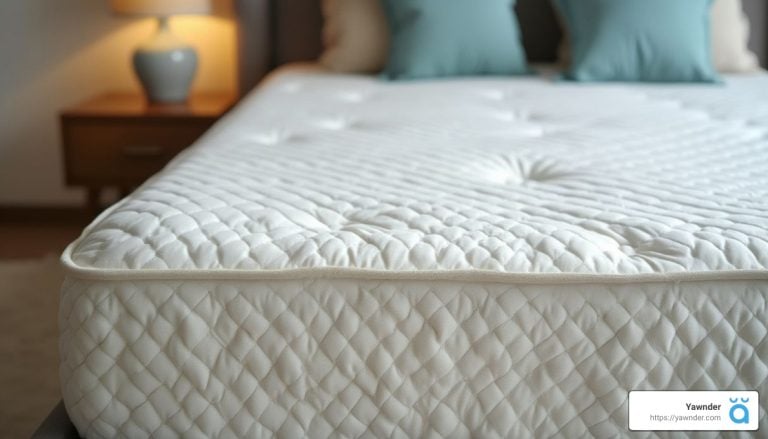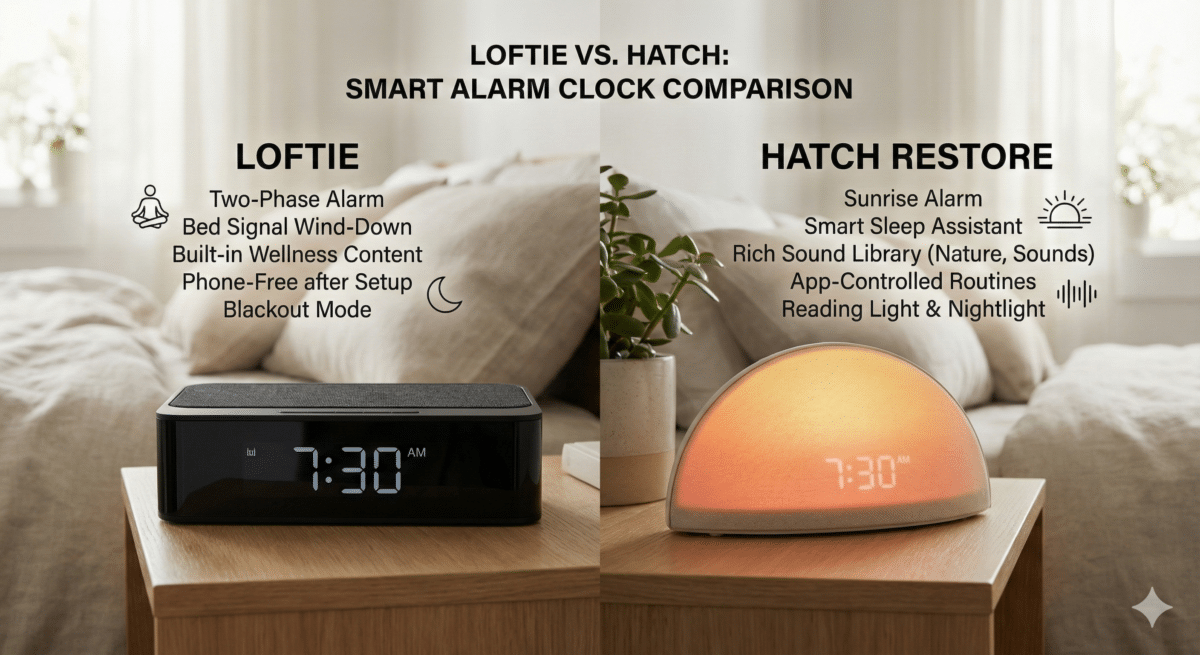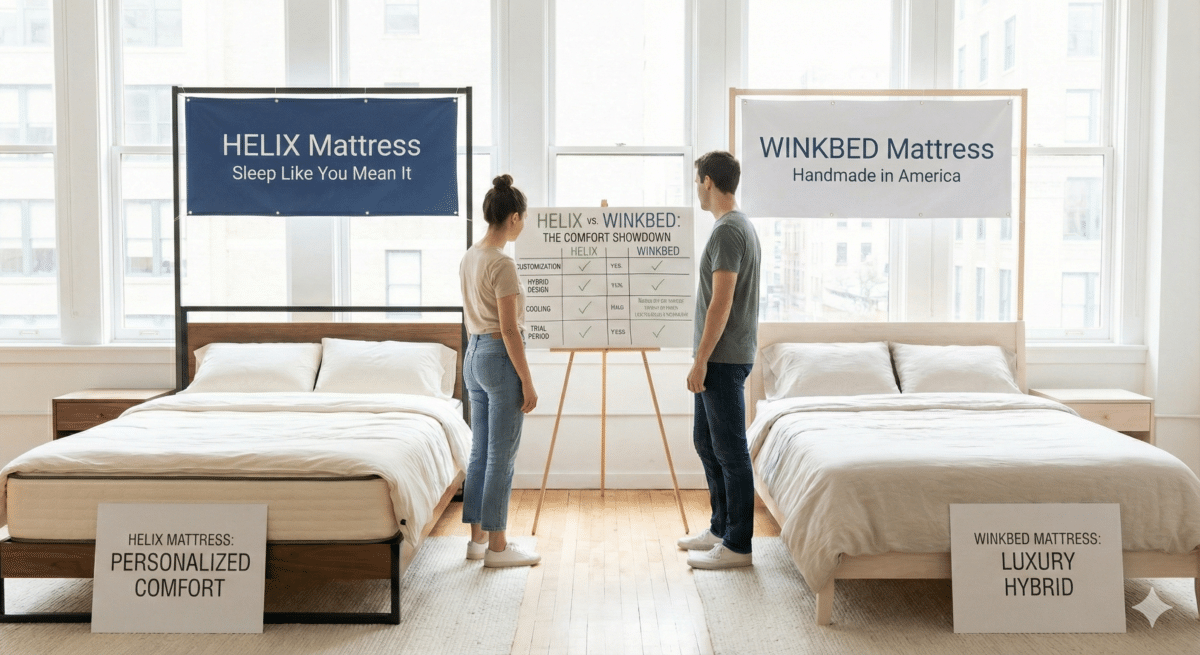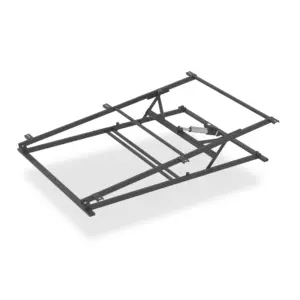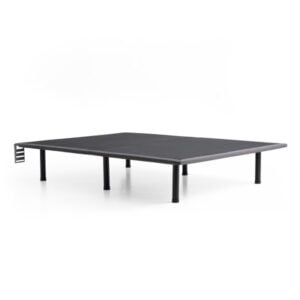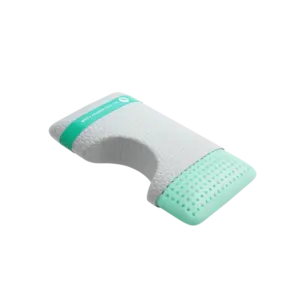Can You Fix a Sagging Mattress? 5 Best Quick Solutions Explained
If you’re struggling with a sagging mattress, you’re not alone. Many people face this issue as their mattresses age, leading to discomfort and restless nights. The good news is you can take immediate steps to relieve the situation while extending the mattress’s lifespan. Let’s explore how you can effectively address this common problem.
Understanding the Sagging
Before looking at solutions, it’s essential to understand why your mattress is sagging. Age is a primary factor; mattresses typically have a lifespan of 7-10 years, after which they begin to lose support and comfort. The materials inside, especially the cushioning layers, break down over time, leading to that all-too-familiar dip.
Pressure points are another significant contributor. If you consistently sleep in the same position, certain areas bear more weight, creating indentations. Regularly rotating or flipping your mattress can help distribute this pressure evenly.
Finally, structural issues with your bed frame can exacerbate sagging. A weak foundation may not provide adequate support, especially in the middle of the mattress. Ensuring your bed frame is strong and stable is crucial for maintaining mattress integrity.
Quick Fixes for a Sagging Mattress
You might be wondering, Can you fix a sagging mattress? While there’s no permanent fix aside from replacement, several quick methods can improve your comfort in the meantime. Here are five efficient solutions:
1. Use a Mattress Topper
A high-quality mattress topper can significantly enhance your comfort level. Made from materials like gel memory foam or latex, it adds an extra layer that can mitigate the effects of sagging. Although it won’t correct the sagging itself, a good topper can provide immediate relief, making your bed feel more inviting.
2. Add Plywood for Support
Another effective method is placing a sheet of plywood under the sagging areas of your mattress. Cut the plywood to fit your bed frame, and you’ll discover improved support that can flatten out dips. Just remember, this might make your mattress feel slightly firmer, but the trade-off in support can be worth it if your bed frame lacks adequate sturdiness.
3. Rotate the Mattress Regularly
If you have a double-sided mattress, flipping and rotating it can help distribute wear more evenly. Even for one-sided models, rotating the mattress from head to foot every few months can slow down sagging. This simple practice promotes even wear and can prolong the mattress’s life.
4. Use Pillows Strategically
If you’re looking for an ultra-quick fix, flat pillows can provide temporary relief. Placing them under sagging portions of your mattress might help adjust support until you’re ready for a more permanent solution. Just be prepared for occasional rearrangement to maintain comfort.
5. Assess Your Bed Frame
Make sure your bed frame adequately supports your mattress. Sometimes, adding a few slats or even switching to a more robust metallic frame can supply the necessary stability to prevent sagging. A sturdy foundation ensures your mattress performs at its best.
How to Maintain Your Mattress for Longevity
While fixing a sagging mattress temporarily can ease discomfort, preventing the sagging in the first place can save you future hassle. Here are some maintenance tips:
Regular Rotation
Make it a habit to rotate your mattress every three to six months. This simple step can prevent localized wear and extend the mattress’s lifespan by promoting even distribution of pressure.
Avoid Pressure Points
Varying your sleeping position can prevent excessive pressure on specific areas. Switching sides with your partner or altering your sleeping position can help maintain even pressure and minimize sagging.
Invest in a Quality Frame
Selecting a sturdier bed frame can make a significant difference in mattress longevity. Metal frames tend to provide better long-term support compared to wooden options, which may weaken over time.
Frequently Asked Questions About Sagging Mattresses
How long should a mattress last before sagging?
Typically, high-quality mattresses last between 7 to 10 years. Factors such as material quality and maintenance play crucial roles in this lifespan. Proper care can significantly extend the useful life of your mattress.
Is a sagging mattress bad for your health?
Yes, a sagging mattress can lead to various health issues, including back pain and disrupted sleep. Addressing sagging promptly is pivotal for maintaining both comfort and overall health.
Can a mattress topper fix a bad mattress?
A mattress topper can offer temporary relief from sagging but won’t permanently rectify the underlying issues. It’s best used as a short-term solution while you consider replacing an overly saggy mattress.
Conclusion
At Yawnder, we recognize the importance of quality sleep in enhancing your overall health and well-being. We’ve explored various quick solutions for managing a sagging mattress, from using a mattress topper to incorporating plywood support. While these methods can provide temporary comfort, remember that a sagging mattress often signals it’s time for a replacement.
If you’re ready for a refresh, explore our expert mattress reviews at Yawnder. Your perfect night’s sleep is just a click away, ensuring you wake up rejuvenated and ready to tackle the day ahead.

